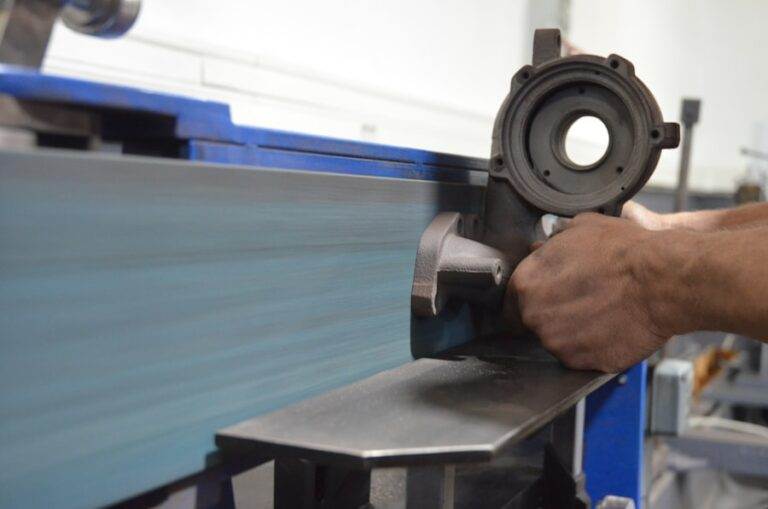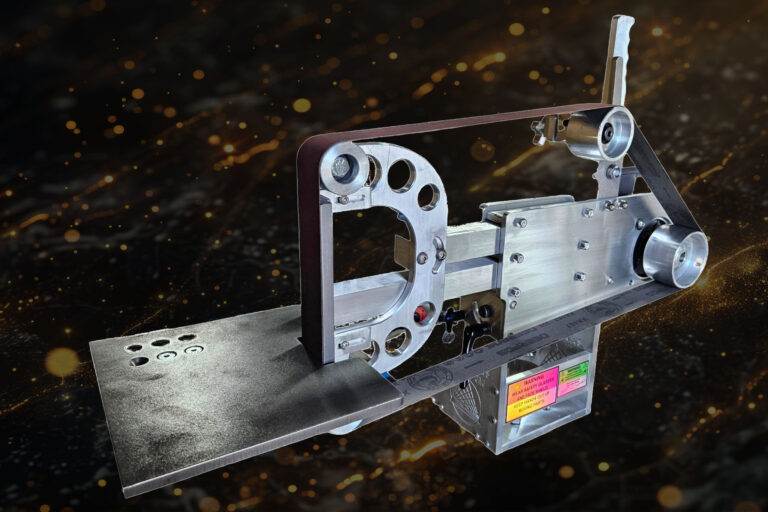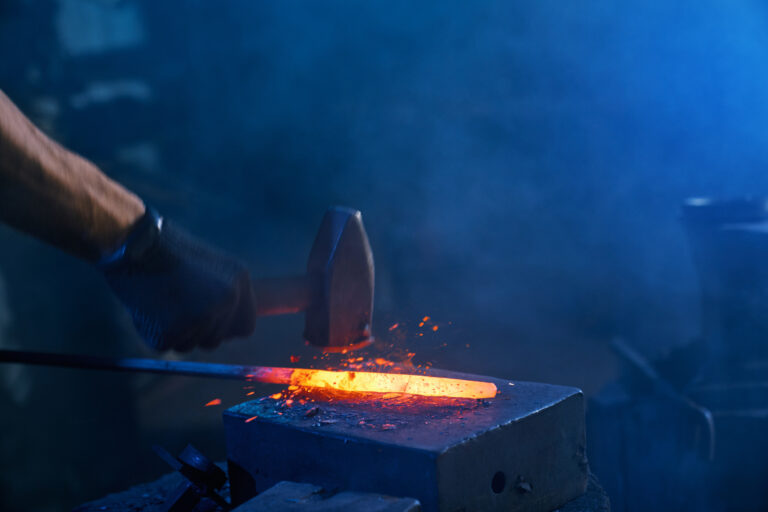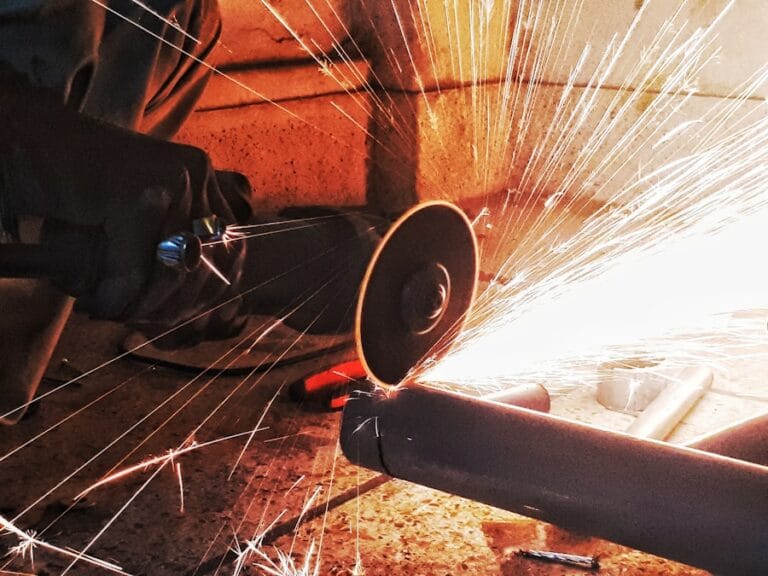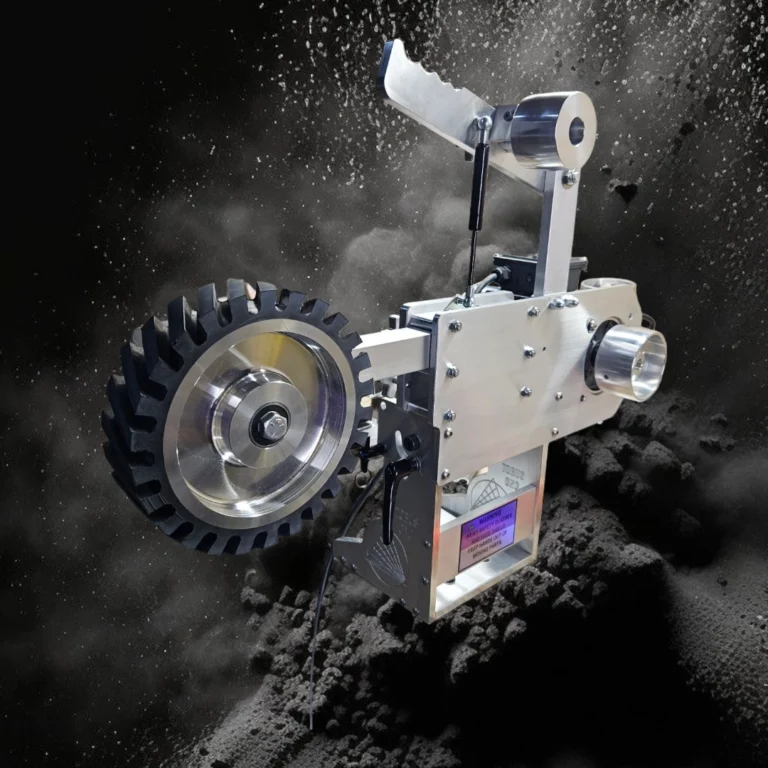Aluminum and steel are two of the most widely used metals in various industries, each offering unique properties that make them suitable for specific applications. Aluminum, known for its lightweight and corrosion-resistant characteristics, has become a staple in industries ranging from aerospace to automotive. Steel, on the other hand, is renowned for its strength and durability, making it a preferred choice in construction and manufacturing.
Understanding the fundamental differences between these two metals is crucial for engineers, manufacturers, and consumers alike, as it influences material selection for projects and products. The choice between aluminum and steel often hinges on the specific requirements of a project. Factors such as weight, strength, cost, and environmental impact play significant roles in determining which metal is more appropriate for a given application.
As industries continue to evolve and innovate, the demand for materials that can meet stringent performance criteria while also being sustainable has never been higher. This article delves into the properties and characteristics of aluminum and steel, comparing their long-term wear and durability, environmental impact, cost analysis, applications across various industries, and ultimately providing recommendations based on these factors.
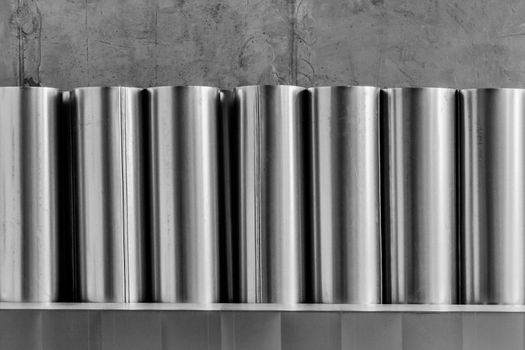
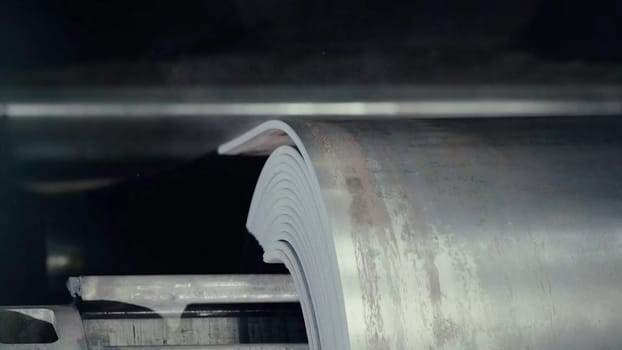
Key Takeaways
- Aluminum and steel are two widely used metals in various industries due to their unique properties and characteristics.
- Aluminum is lightweight, corrosion-resistant, and has high electrical conductivity, making it suitable for a wide range of applications.
- Steel is known for its strength, durability, and heat resistance, making it ideal for structural and industrial purposes.
- When comparing long-term wear and durability, steel is generally more resistant to wear and tear, while aluminum may require more frequent maintenance.
- In terms of environmental impact and sustainability, aluminum is more recyclable and energy-efficient compared to steel, making it a more sustainable option.
Properties and Characteristics of Aluminum
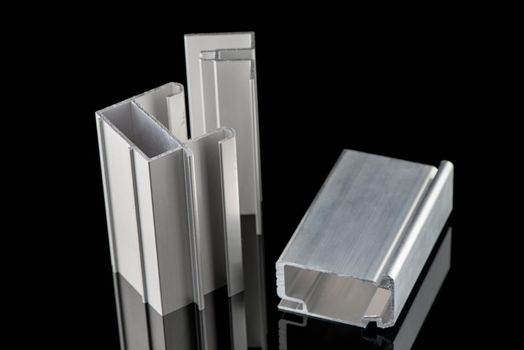
Lightweight and Cost-Effective
One of its most notable characteristics is its lightweight nature; aluminum is approximately one-third the weight of steel. This property allows for easier handling and transportation, which can significantly reduce costs in manufacturing and logistics.
Corrosion Resistance and Durability
Additionally, aluminum exhibits excellent corrosion resistance due to the formation of a protective oxide layer when exposed to air. This makes it an ideal choice for applications in harsh environments, such as marine and aerospace industries.
Versatility and Sustainability
Another important property of aluminum is its malleability. This metal can be easily shaped and formed into various configurations without losing its structural integrity. Furthermore, aluminum has good thermal and electrical conductivity, making it suitable for applications in electrical components and heat exchangers. Its ability to be recycled without losing quality also contributes to its appeal in an increasingly eco-conscious market.
Properties and Characteristics of Steel
Steel is an alloy primarily composed of iron and carbon, which gives it remarkable strength and durability. One of the defining characteristics of steel is its high tensile strength, making it an ideal material for construction and heavy machinery. Steel can withstand significant stress and strain without deforming, which is why it is often used in structural applications such as beams, columns, and reinforcements in buildings and bridges.
Additionally, steel’s hardness allows it to maintain its shape under heavy loads, making it a reliable choice for tools and equipment. In terms of versatility, steel can be alloyed with various elements to enhance specific properties. For instance, adding chromium creates stainless steel, which offers excellent corrosion resistance while maintaining strength.
Other alloys can improve hardness or ductility, allowing steel to be tailored for specific applications. However, one drawback of steel is its susceptibility to rust when exposed to moisture unless properly treated or coated. Despite this limitation, the overall strength-to-weight ratio of steel makes it a preferred material in many industries.
Comparison of Long-Term Wear and Durability
| Metrics | Long-Term Wear | Durability |
|---|---|---|
| Material | High-quality fabric or leather | Durable synthetic materials |
| Expected Lifespan | 5-10 years | 10-20 years |
| Maintenance | Regular cleaning and conditioning | Minimal maintenance required |
| Cost | Higher initial cost | Lower initial cost |
When evaluating long-term wear and durability, both aluminum and steel have their strengths and weaknesses. Aluminum’s lightweight nature contributes to its ease of handling but can also lead to concerns regarding its long-term structural integrity under heavy loads. While aluminum is resistant to corrosion, it may not perform as well as steel in high-stress applications where fatigue can lead to failure over time.
However, advancements in aluminum alloys have improved their strength characteristics significantly, allowing them to compete more effectively with steel in certain applications. Steel’s durability is one of its most significant advantages; it can endure extreme conditions without compromising its structural integrity. In environments where heavy loads or impacts are common, steel often outperforms aluminum due to its superior tensile strength.
However, the potential for rusting can be a concern if steel components are not adequately protected or maintained. In contrast, aluminum’s resistance to corrosion makes it a more reliable option in environments where exposure to moisture is inevitable. Ultimately, the choice between aluminum and steel will depend on the specific demands of the application and the expected conditions over time.
Environmental Impact and Sustainability
The environmental impact of materials is becoming increasingly important as industries strive for sustainability. Aluminum production is energy-intensive; however, its lightweight nature contributes to fuel savings in transportation applications over its lifecycle. Additionally, aluminum is highly recyclable—up to 75% of all aluminum ever produced is still in use today—making it an environmentally friendly option when considering end-of-life scenarios.
Steel also has a significant recycling rate, with around 70% of all steel produced coming from recycled materials. The recycling process for steel requires less energy compared to primary production, which helps reduce its overall carbon footprint. However, the extraction and processing of iron ore for new steel production can have detrimental environmental effects if not managed responsibly.
Both metals have their environmental challenges; thus, choosing between them should consider not only their production processes but also their lifecycle impacts.
Cost Analysis

Cost is a critical factor when selecting materials for any project. Generally speaking, aluminum tends to be more expensive than steel on a per-pound basis due to the complexities involved in its extraction and processing. However, when considering the total cost of ownership—including factors such as weight savings in transportation, reduced energy consumption during use, and lower maintenance costs due to corrosion resistance—aluminum may prove to be more economical in certain applications.
Steel’s lower initial cost makes it an attractive option for many projects; however, potential long-term costs associated with maintenance and replacement due to rust or fatigue should also be factored into the equation. In some cases, investing in higher-quality materials like stainless steel may yield better long-term value despite the higher upfront costs. Ultimately, a thorough cost analysis should encompass not only material prices but also lifecycle costs associated with performance, maintenance, and disposal.
Applications and Industries
Both aluminum and steel find extensive applications across various industries due to their unique properties. Aluminum is widely used in the aerospace sector for aircraft components due to its lightweight nature and resistance to corrosion. The automotive industry also utilizes aluminum extensively to improve fuel efficiency by reducing vehicle weight without sacrificing safety or performance.
Steel’s applications are equally diverse; it serves as the backbone of construction projects worldwide due to its strength and durability. From skyscrapers to bridges, steel structures provide stability and support under heavy loads. Additionally, steel is prevalent in manufacturing tools and machinery where high strength is essential for performance.
The choice between aluminum and steel often depends on the specific requirements of each application—whether that be weight considerations in aerospace or strength needs in construction.
Conclusion and Recommendations
In conclusion, both aluminum and steel offer distinct advantages that cater to different needs across various industries. Aluminum’s lightweight nature and corrosion resistance make it ideal for applications where weight savings are critical, while steel’s strength and durability make it suitable for heavy-duty applications requiring robust support. When selecting between these two metals, it is essential to consider factors such as long-term wear and durability, environmental impact, cost analysis, and specific application requirements.
For projects where weight reduction is paramount or where exposure to corrosive environments is expected, aluminum may be the better choice despite its higher initial cost. Conversely, for applications demanding high strength under heavy loads or where budget constraints are significant, steel remains an excellent option due to its lower upfront costs and proven performance over time. Ultimately, understanding the unique properties of each metal will enable informed decision-making that aligns with project goals while considering sustainability and economic factors.
FAQs
What are the key differences between aluminum frames and steel tubing in terms of long-term wear?
Aluminum frames are generally lighter and more resistant to corrosion, while steel tubing is known for its durability and strength.
How does aluminum outlast steel tubing in real-world use?
Aluminum frames are less prone to rust and corrosion, making them ideal for use in wet or humid conditions. Additionally, aluminum frames are lighter, which can reduce wear and tear on the components over time.
What are the potential drawbacks of aluminum frames compared to steel tubing?
Aluminum frames may be more prone to fatigue failure over time compared to steel tubing. Additionally, aluminum frames can be more expensive to manufacture and repair.
Are there specific applications where aluminum frames are more suitable than steel tubing?
Aluminum frames are often preferred for applications where weight is a critical factor, such as in aerospace and automotive industries. They are also commonly used in bicycles and outdoor furniture due to their resistance to corrosion.
What factors should be considered when choosing between aluminum frames and steel tubing for long-term use?
When choosing between aluminum frames and steel tubing, factors such as the specific application, environmental conditions, budget, and maintenance requirements should be taken into consideration.

